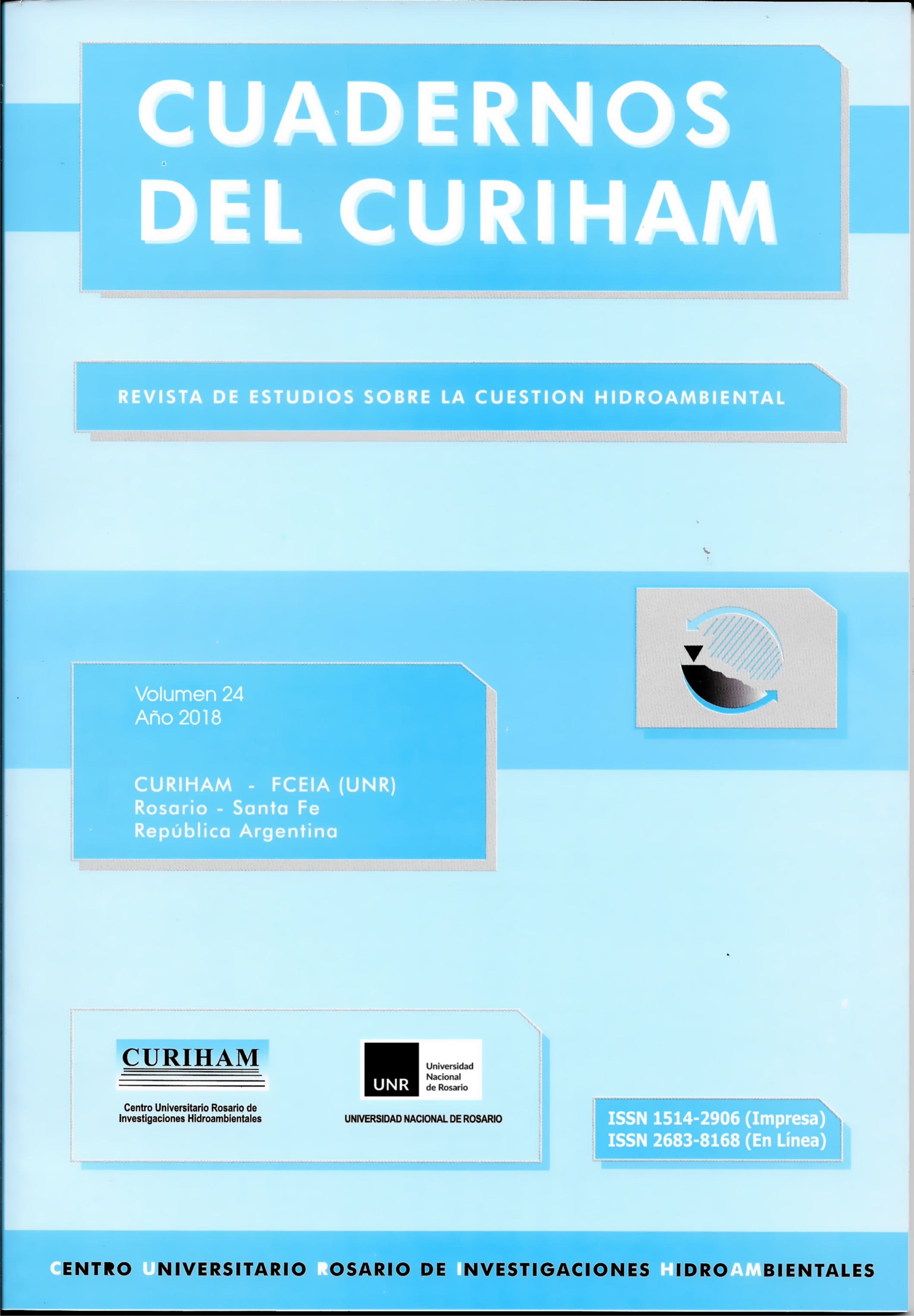Las obras de arte ferroviarias, su dinámica y los efectos en la actualidad en Santa Fe
DOI:
https://doi.org/10.35305/curiham.v24i0.128Keywords:
Surface hydrology, Railway barriers, Work of arts, Good practicesAbstract
Railways were designed in accordance with natural water streams as can be seen in the locations of its work of arts. Low railway slopes due to high weight transported by the convoys were the origin of artificial barriers to the natural flow. Traveling the campaign it can be seen many problems of natural runoff interrupted by locations of work of arts. In many cases, works of art were deactivated by obstruction of it hydraulic section due to lack of cleaning or intentional cut off. It is considered that this fact occurs due to the urban and rural development not has had the same respect to the nature that has had the railways constructors. In other cases, the parallel routes built, not copied the existing drains. So are detected many cases of batches of downstream of a work of art that does not have marked the line upstream runoff observed the presence of a lagoon. This work presents different water issues of importance due to the methodology explained above detected by professionals of the Rosario City Project Area of the Water Resources Secretary depending on Infrastructure and Transport Ministry of Santa Fe Province, Argentina. It is concluded on the need for a shift in paradigms and begins to work with nature and not against it.
Downloads
References
Congreso de la Nación Argentina (2015). Código Civil y Comercial de la Nación.
Instituto Geográfico Nacional (1960).
Cartas Topográficas. Legislatura de la Provincia de Santa fe (2000). Ley Nº 11730. “Bienes en Áreas Inundables”.
Ministerio de Infraestructura y Transporte (2019). Gobierno de la Provincia de Santa Fe. Centro de Documentación. Secretaría de Recursos Hídricos.
Published
How to Cite
Issue
Section
License

This work is licensed under a Creative Commons Attribution-NonCommercial-ShareAlike 4.0 International License.



























